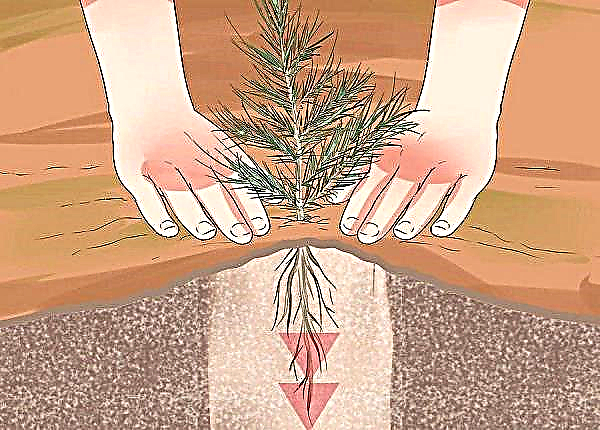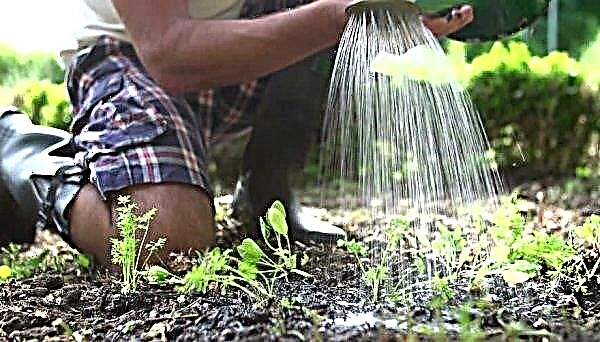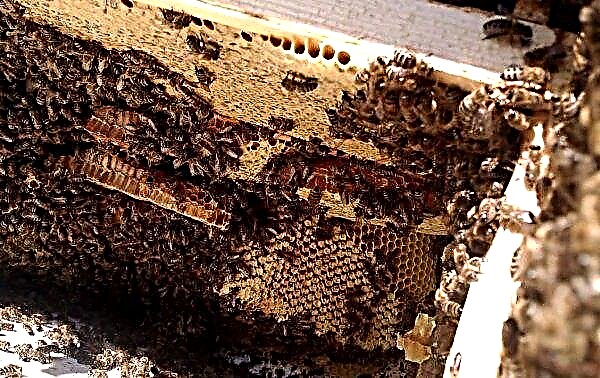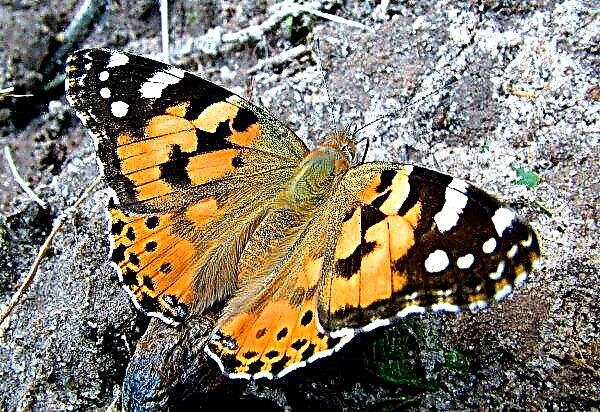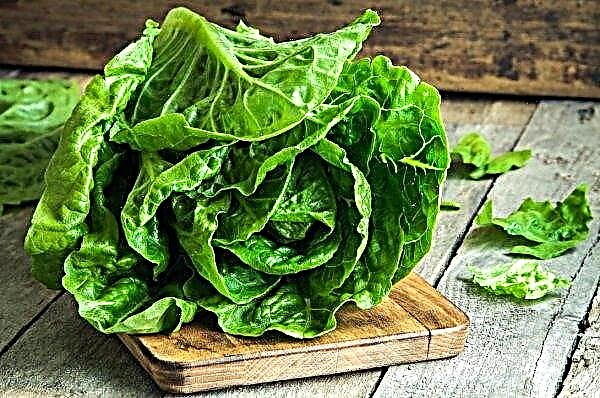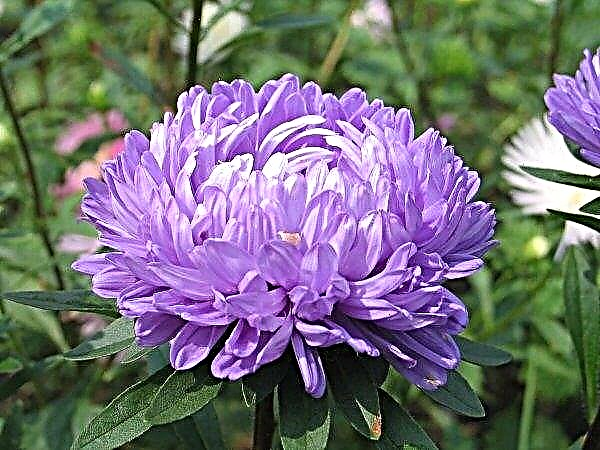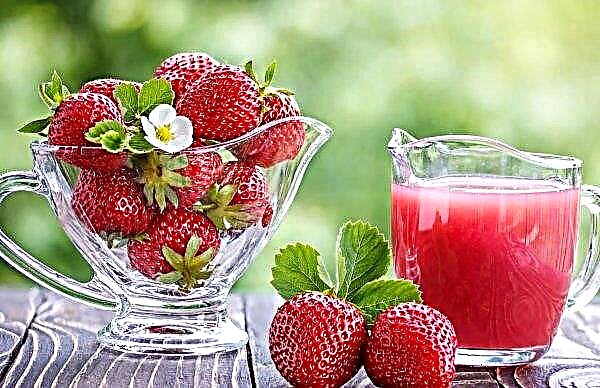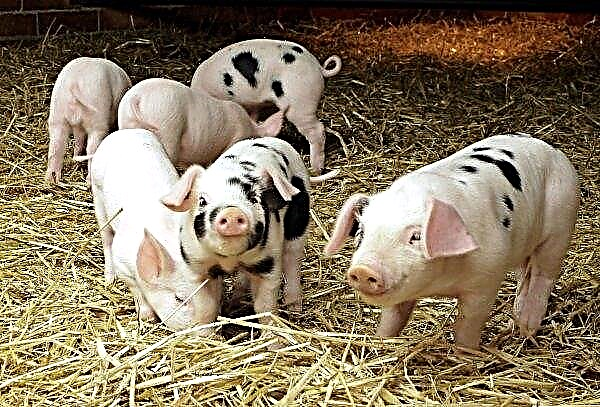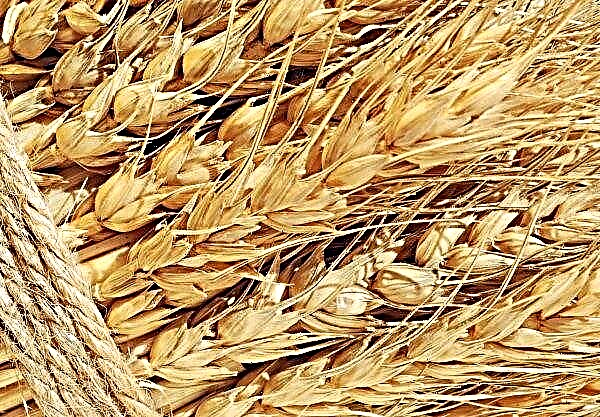Mushrooms are tasty and nutritious, but in order for them to bring only health benefits, you need to learn how to distinguish edible mushrooms from inedible ones, and also what effect they have on the human body. To do this, you need to consider in detail their varieties, useful and harmful properties. In addition, it is important to learn how to cook mushrooms and what cooking methods exist.
Mushrooms
The Latin name for these mushrooms is Lactarius, which translated literally means "giving milk", "milk". This is a type of mushroom that belongs to the genus Mlechnik and grows in a group, in heaps. Depending on the variety, they can grow both in the mild climate of southern Russia and in harsh taiga conditions.
 The Millers, like other representatives of the kingdom of mushrooms, belong to higher plants. The mycelium is located at the base of trees and through a symbiosis of roots carries out an exchange of nutrients. In the same way, it provides itself with the necessary amount of moisture.
The Millers, like other representatives of the kingdom of mushrooms, belong to higher plants. The mycelium is located at the base of trees and through a symbiosis of roots carries out an exchange of nutrients. In the same way, it provides itself with the necessary amount of moisture.
This process has the scientific name "mycorrhiza". For such a symbiosis, the birch is perfect for the lactarius - it is this tree that meets the nutritional needs of the fungus. With coniferous species of trees, mycorrhiza is also possible, but is much less common.
In addition, it should be noted that milkers can only be found next to old trees, since they need several years to grow and develop. Breeds are propagated by spores.

Classification:
| Domain | Eukaryota (Eukaryota) |
| Kingdom | Mushrooms (Fungi) |
| The Department | Basidiomycetes (Basidiomycota) |
| Class | Agaricomycetes (Agaricomycetes) |
| Order | Russulales |
| Family | Russula (Russulaceae) |
| Kind | Miller (Lactarius) |
Varieties
Varieties of mushrooms are divided into edible and inedible. Therefore, going to a “silent hunt”, you should be extremely careful and remember well which mushrooms are suitable for eating and which are better to bypass.
Edible milkers and their description:
- In Russia, the most common real breastanother name for which is legal. It has a dense funnel-shaped hat, the edges of which are turned inward. The surface of the cap is covered with a wet, slippery film, to which particles of soil and falling leaves often adhere. The pulp has a dense structure and white color, as well as a pronounced fruity smell. Milky discharge with a poisonous aftertaste. The spores of the breast can be yellowish or brown.

- Yellow chest. Latin name Lactarius scrobiculatys designates this mushroom as "hosted." The yellow, less often brownish with a golden hue, hat of the “rumpled” breast in diameter reaches 6–30 cm. The domed hat of young individuals becomes more concave with age. The surface is smooth, has a moist film, it becomes sticky from moisture. There are densely growing plates under the hat. With age, they acquire a brown tint. The pulp is white, but if it is cut, it will turn yellow. The juice is also white and smells like fruit. The height of the legs is about 12 cm. It has a strong texture and small crinkles of saturated yellow color. The outside of the leg is slippery and sticky. Inside has empty space.
- The litter is bitter. The reddish-brown hat has a roundness of about 12 cm. The rounded shape is aligned over time. A slight bulge in the center is pressed inward. The surface is slightly fleecy, the edges are bent inward and have a lighter shade than the main part of the cap. From moisture becomes viscous to the touch. Under the hat are often growing plates. The fragile flesh, when cracked, gives off a whitish juice that is odorless. The mushroom tastes bitter, which explains its name. A thin leg about 9 cm high and covered with a rare light fluff. The color is the same as the hat - brown with a red tint.
 The bitter breast has the ability to absorb radioactive substances, such as cesium nuclide 137, which accumulate in the liver and muscles in the form of sediment. It is strictly not recommended to pick mushrooms of this variety in places contaminated with radiation.
The bitter breast has the ability to absorb radioactive substances, such as cesium nuclide 137, which accumulate in the liver and muscles in the form of sediment. It is strictly not recommended to pick mushrooms of this variety in places contaminated with radiation. - Red-brown lump. His hat has a large roundness - about 15 cm. The brown surface does not shine, and closer to the edges it acquires a lighter shade. The edges are bent inward. The outer side of the cap is rough, it can crack from dryness, and from moisture, on the contrary, become covered with a slippery layer. The pulp of this mushroom is very interesting: having a fragile texture, when damaged, it smells of seafood. The taste is sweet and rich. The height of the lower part is usually about 12 cm, has a silky texture. The color is the same as the hat.

- Aspen Lump. The thick and compacted hat is white and dotted with delicate pink spots. The surface is fleecy and covered with a light sticky film. Strong low leg has a pinkish tint. Delicate white flesh smells of fruit and pungent on the palate. When cracking, it produces milky juice and a pungent odor.
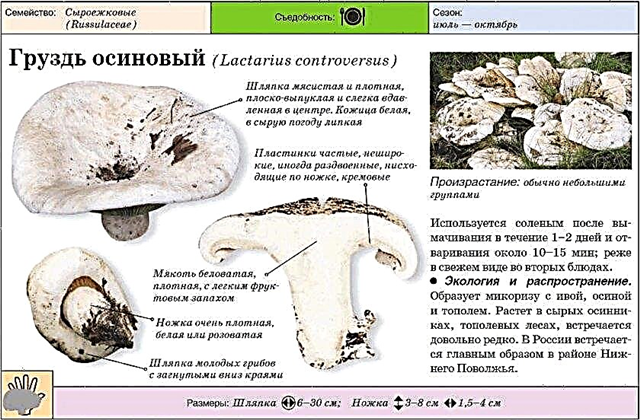
- Dry chest. In young individuals, the hat is spherical, and with aging it becomes more concave and takes the form of a funnel. The surface of the hat is decorated with dark yellow spots of irregular shape. The same pattern is present on the sturdy white leg of the mushroom. The pulp is strong and white, has a strong pungent odor and taste.

Many of the listed edible mushrooms resemble the varieties of breasts that are not eaten. They look similar, but differ in taste.
Among these inedible bruises are distinguished:
- A blue lump. Has a common resemblance to edible varieties. The hat is domed with the edges downward. It has a scaly structure and is covered with a yellowish slippery coating. The pulp is strong white-yellow color, has a characteristic mushroom smell, tastes bitter. This is because it is oversaturated with a specific juice. If the pulp is cut, it will acquire a crimson hue. The mushroom leg is strong, covered with dark spots and mottled with grooves. Inside the leg is empty.

- Golden yellow lactarius. They have a white brittle flesh. When incised, its color changes to yellow. Juice flowing from the slice also acquires a yellow hue. The pulp smells nothing, but tastes bitter and sharp. The cap's circumference is 6 cm. Its surface is painted in shades of ocher: from light beige to bright red. The height of the lower part is about 9 centimeters, in young mushrooms it is full and dense, in adults an empty space forms. The plates under the hat grow densely, split at the ends.

- Amber Breast. A grayish-pink hat shimmers in the sun and glitters. Its circumference is about 10 cm. The surface is mostly flat, but with age the edges of the cap are bent up. The foot reaches 10 cm in height and has a porous structure, inside there is a hollow space. The color of the legs does not differ from the hat. The pulp is light with a yellow tint, has a strong specific aroma, similar to the smell of medicines.

- The tarry black milky. The hat is 10 cm dark in color, flat, sometimes concave. The lower part reaches a height of 5 cm, dense, tapers up. The skirt under the hat has frequent and narrow plates. The hard snow-white pulp, when cut, emits pink juice and a clear aroma, similar to fruity.
Where and at what time the breasts grow
Millers are grown in deciduous forests of the central, southern and European parts of Russia, as well as in coniferous forests of the northern taiga. Most often found in birch groves, since it is these trees that provide them with the necessary nutrition and, therefore, development.
However, in addition to a certain type of tree, other conditions, such as the composition of the soil, its ability to absorb and retain moisture, lighting and heat, are important for the loaves.
Did you know? In Russia in the old days only breasts were considered suitable for pickling mushrooms.
Despite the fact that each variety requires a variety of conditions, on the whole this mushroom prefers a moderately dry area, which is located away from the swamps and warms up well. It grows in grass sprinkled with decaying leaves, or on a bed of moss.
Next, you should determine where and at what time specific types of edible lacte grow:
- Common breast (white). Grows under birches in deciduous and mixed forests of the Volga region, the Urals and Siberia. Fruits in the period from mid-summer to mid-autumn. Any type of soil is suitable, the main condition of the area is good lighting and a sufficient amount of heat.
- Yellow chest. It grows in the coniferous forests of the Eurasian continent, where the climate is temperate. The type of soil suitable is limestone. Fruits can be harvested from mid-summer to mid-autumn.
- Bitter milkman. It lives in coniferous forests and birch groves of Asia and in the countries of the northern part of Europe. Mostly acidic soil is suitable for him. The fruiting period is from mid-summer to mid-autumn.
- Red brown lump. It grows in various forests of Europe, next to any tree species. Prefers shaded areas and moist soil. The fruits are harvested from late summer to mid-autumn.
- Aspen milk. It lives in aspen groves and poplar forests of the southern Volga region. These thermophilic mushrooms prefer well-lit places and a temperate climate. Fruits in the period from mid-summer to about mid-autumn.

Composition and calorie content
Mushrooms - Nutritious Mushrooms. The calorie content of 100 grams of this product is 15-16 kcal. It consists of valuable components necessary to ensure full human life.
Per 100 g of pulp are:
| squirrels | 1.8 g |
| fats | 0.8 g |
| carbohydrates | 0.5 g |
| alimentary fiber | 1.5 g |
| water | 88.0 g |
| ash | 0.4 g |
| vitamin B1 (thiamine) | 0.03 mg |
| vitamin B2 (riboflavin) | 0, 24 mg |
| vitamin C (ascorbic acid) | 8.0 mg |
| vitamin PP | 0.15 mg |
| monosaccharides and disaccharides | 0,5 |
What are the mushrooms to taste
There are six edible varieties of the milkman:
- The most delicious are white mushrooms, they are also called real boobs. They have a bitter taste.
- Bitter the milkman is fully consistent with its name, as it is bitter.
- Red brown the variety tastes sweet and smells good.
- Dry It has a sharp, pepper taste and the same smell.
- Aspen the taste is sharp, too, but it has a subtle aroma of fruit.
- Pulp yellow, or rumpled varieties are bitter in taste, and its juice gives off a subtle fruity smell.

Inedible lactic flavors are unpleasant.. For example, the blue variety has such a bitter aftertaste that it cannot be eaten. Golden-yellow is sharp and bitter, while amber has a pronounced pharmaceutical smell. Despite the fact that the resinous black breast smells of fruit, it tastes pungent and completely unsuitable for food.
Cooking methods
Mushrooms are considered delicious mushrooms., and dishes prepared on their basis can decorate the festive table. Cooking options include winter sunsets, salads, soups and baked mushrooms. Recipes for the preparation of milkers differ from other mushrooms only in the technology of preliminary preparation.
Important! The processing process is necessary not only to improve the taste of mushrooms, but also to avoid digestive disorders and allergies.
The mugs are processed in three stages:
- Cleaning. Mushrooms should be cleaned of adhering forest specks and clods of earth with a toothbrush.

- Soak. Since the breasts are milky and contain a specific bitter juice, they must be soaked in water. Soaking time depends on the intensity of bitterness and can last from a couple of hours to three days. During this time, water should be changed as often as possible. Frequent water changes will speed up the soaking process.
 Store the container with soaked milkers in a cool place, otherwise they may turn sour. The mushrooms purified from burning juice significantly improve their taste.
Store the container with soaked milkers in a cool place, otherwise they may turn sour. The mushrooms purified from burning juice significantly improve their taste. - Digestion. The duration of boiling also depends on the degree of bitterness of the breasts. Mushrooms with a low degree of causticity can only be doused with boiling water. Medium bitter should be cooked for about 20 minutes. And the most burning should be boiled for half an hour.
After the mushrooms have passed the stages of preparation, you can begin to create dishes.
Common cooking methods:
- Hot pickling.
- Pickling. The same method is applied to pickling mushrooms as to other types of mushrooms.
- Drying. After steeping the milkers, they are placed under a press to squeeze out all the moisture from them. Then they are hung in a warm and dry room until completely dried.

Effect on the human body, benefits and harms
Due to its composition and useful properties, breast has been very popular in Russia since ancient times.
Properly processed and prepared milkers have valuable healing properties and positively affect health due to the large amount of protein, vitamins and minerals contained in them.
 It is known that dried breasts bring more health benefits, since they are 30% protein.
It is known that dried breasts bring more health benefits, since they are 30% protein.
- These mushrooms are used in folk medicine and help in the treatment of the following diseases:
- gallstone and urolithiasis;
- tuberculosis;
- pulmonary emphysema;
- diseases of the digestive tract;
- renal failure;
- skin diseases;
- regular (white) breasts significantly reduce the risk of cancer.
A positive effect is achieved by eating salted breasts 300 g three times a week. At the same time, eating inedible varieties can cause significant harm to health.
Uncleaned from toxic juices, lactic can provoke eating disorders and allergic reactions. Eating raw mushrooms can lead to food poisoning.
Did you know? In European countries, the lump is recognized as an inedible mushroom. In Russia, on the contrary, the lactarius is considered edible and is widely used as winter preparations.
Contraindications
The millers are digested for a long time and put a strain on the stomach, therefore, among the contraindications to their use, peptic ulcer and gastritis can be distinguished. Also, lactation is contraindicated in the nutrition of children under the age of seven years. Untreated and expired mushrooms can trigger botulism.
Mushrooms are delicious, delicious mushrooms that grow in deciduous, mixed, as well as pine forests, are divided into edible and inedible varieties. Due to the high content of lactic acid they have a bitter taste, so before cooking they need to be cleaned of caustic fluids. Among the beneficial properties are nutritious and medicinal. The composition of these mushrooms is rich in protein and vitamins. Millers are contraindicated in raw form.


 The bitter breast has the ability to absorb radioactive substances, such as cesium nuclide 137, which accumulate in the liver and muscles in the form of sediment. It is strictly not recommended to pick mushrooms of this variety in places contaminated with radiation.
The bitter breast has the ability to absorb radioactive substances, such as cesium nuclide 137, which accumulate in the liver and muscles in the form of sediment. It is strictly not recommended to pick mushrooms of this variety in places contaminated with radiation.






 Store the container with soaked milkers in a cool place, otherwise they may turn sour. The mushrooms purified from burning juice significantly improve their taste.
Store the container with soaked milkers in a cool place, otherwise they may turn sour. The mushrooms purified from burning juice significantly improve their taste.